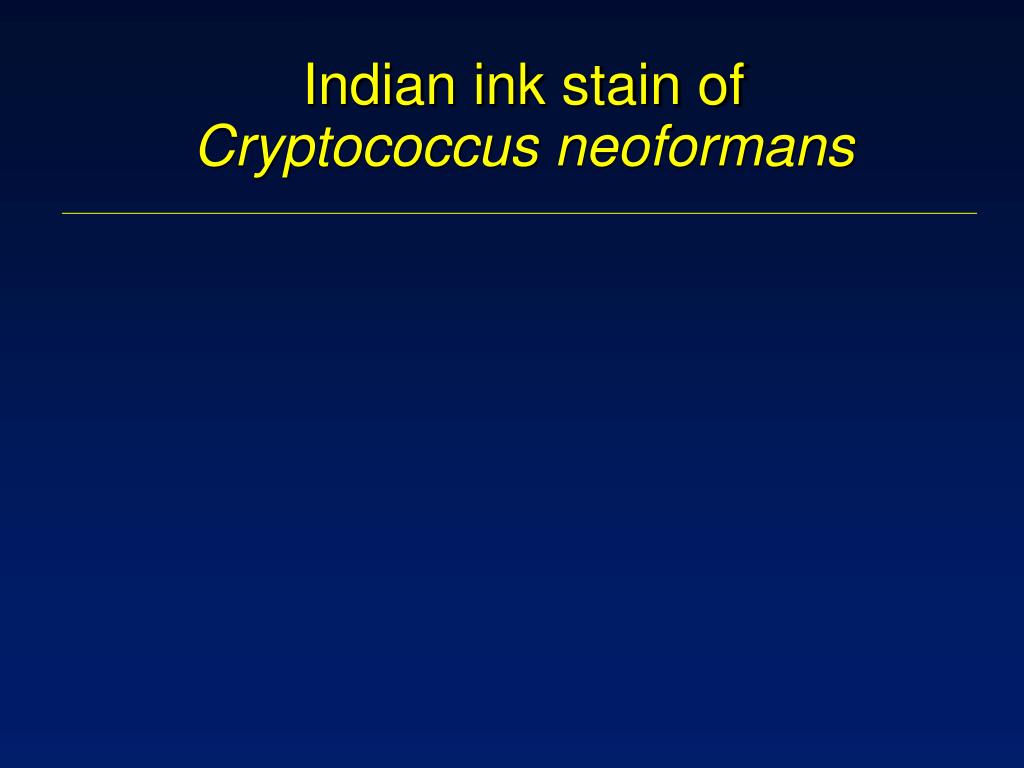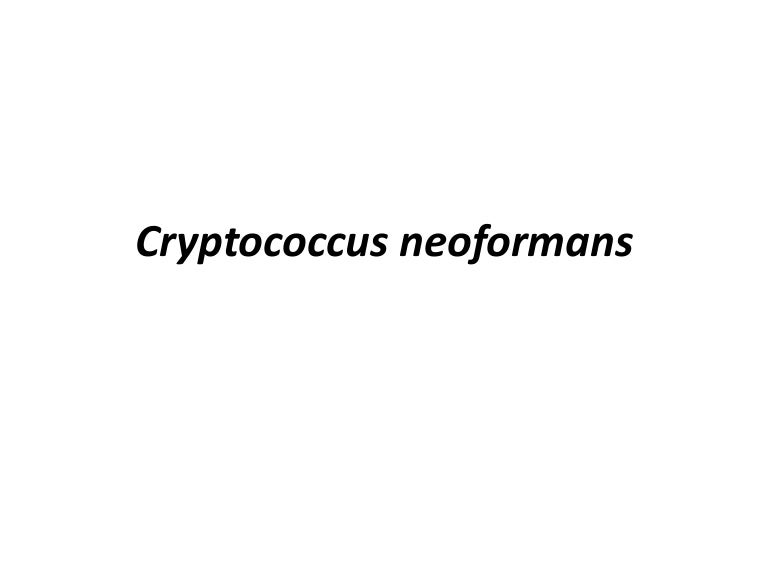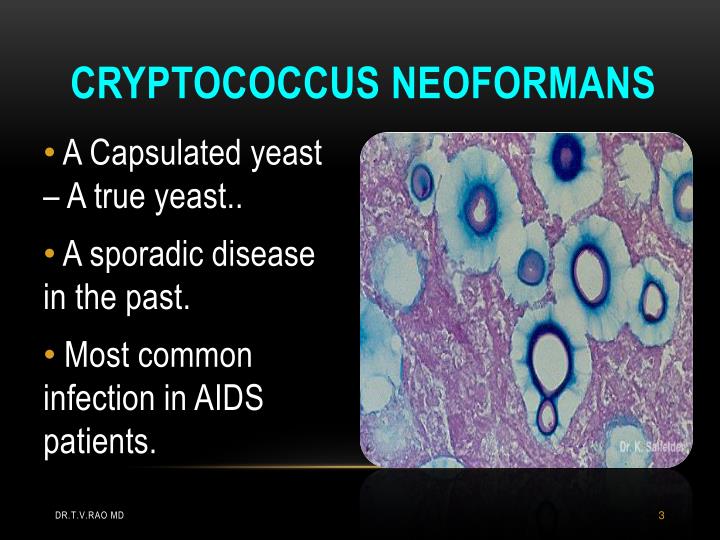

One hundred and forty-one dried pigeon droppings samples and 76 samples of pigeon cages were collected from 10 different areas in Ahvaz, southwest of Iran. The present study aimed to isolate and identify Cryptococcus species from pigeon guano based on molecular methods in Ahvaz, Iran and investigate the important virulence factors in the isolated species.ģ. Most clinical available reports in Iran are as case reports ( 21- 23), and environmental epidemiological studies are limited to formal identification. The function of melanin involves the protection of the fungal cell against oxidative degradation, increases the resistance of fungal cells in tissue and environment, immune modulation, and inflammatory response, and probably increased resistance to amphotericin B drug ( 1, 19, 20).ĭespite the development of molecular methods, very limited studies have been conducted on the diversity of Cryptococcus species in Iran. neoformans that is produced by the phenoloxidase enzyme ( 17, 18). Melanin is a critical pathogenic factor in C.

neoformans virulence thus, capsule-free strains have low or without pathogenicity ( 10, 11, 13). Catalase converts hydrogen peroxide to water and molecular oxygen and facilitates the growth and survival of Cryptococcus in macrophages ( 16). neoformans induces antioxidant activation enzyme (catalase). Urease is one of the most necessary enzymes for escaping Cryptococcus from the lungs to the blood-brain barrier ( 1). Esterase activity has been associated with virulence factors in Cryptococcus ( 1) however, its role in tissue invasion remains still unclear. Proteases and phospholipases degrade proteins and glycerophospholipids, respectively, as well as help to colonization and tissue invasion ( 1, 4, 15). On the other hand, some factors (e.g., capsule formation) are specific to one species ( 12, 13).Įxtracellular enzymes cause host tissue damage and provide optimal conditions for microorganism adhesion to tissues ( 1, 14). Some of these factors, such as extracellular enzyme production, are common among several species ( 4). Virulence factors are an essential part of microbial pathogenesis.

Organism virulence factors consist of capsule and melanin production, growth at 37✬, and secretion of extracellular enzymes (proteinase, phospholipase, esterase, and urease) ( 4, 10, 11). The pathogenicity of Cryptococcus species is associated with two factors, host factors and organism virulence factors. gattii is common in tropical and subtropical regions ( 5). neoformans is more common in Europe, and C. grubii has a worldwide distribution and alone causes about 80% of cryptococcal infections ( 6). About 70 Cryptococcus species have been identified ( 7) however, the highest incidence of cryptococcosis was attributed to C. Inhalation of environmental, infectious propagules or direct contact with etiologic agents can cause cryptococcosis in humans ( 1). Patients with impaired immune systems such as HIV patients, corticosteroid users, and organ transplantation have a higher risk for developing cryptococcosis ( 5, 6). BackgroundĬryptococcus neoformans is an encapsulated yeast pathogen with worldwide distribution, and pigeon droppings are considered an important ecological niche of this pathogen yeast ( 1- 4). Owing to the high pathogenicity of the isolates, the frequency of the disease is expected to be higher.Ĭryptococcus neoformans Virulence Factors Capsule Enzymes Melanin 1. grubii was the only species from pigeon droppings from Ahvaz with more pathogenic factors. Although two methods were used for recovery of Cryptococcus, only Cryptococcus was isolated from pigeon guano, and swabs from the cage walls were negative.


 0 kommentar(er)
0 kommentar(er)
